UU trains five hundred cultural professionals
‘Those who dare to question their habits learn’
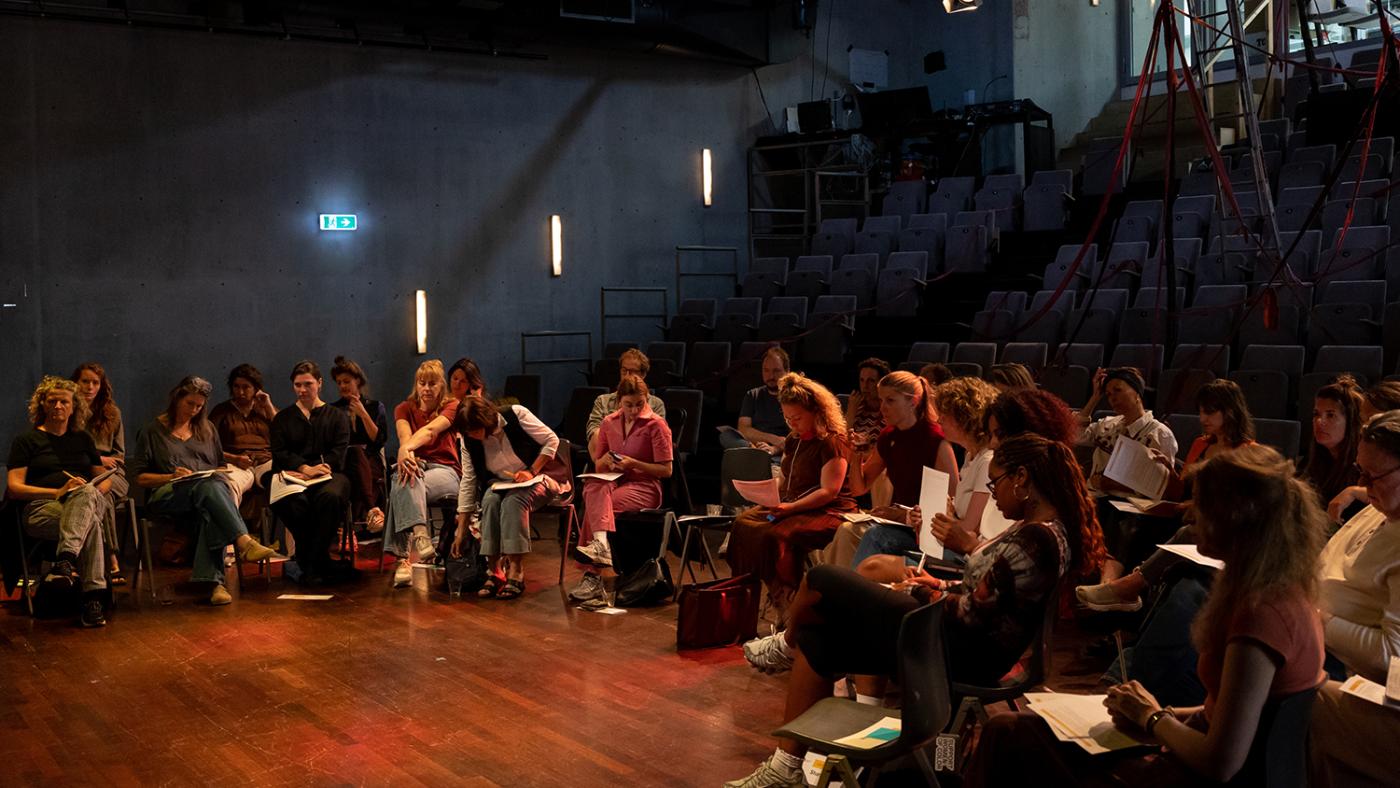
About fifteen people are walking across a stage in a criss-cross pattern. The leader of the group suddenly stops, and the rest follow her example. This is the first assignment of the Leadership in Culture course. In the following assignment, the participants must walk across the stage again and stop at the same time, this time without a leader and without talking. They succeed not just once, but several times. Apparently, the participants can intuitively sense or see from each other's body language when it is time to stop.
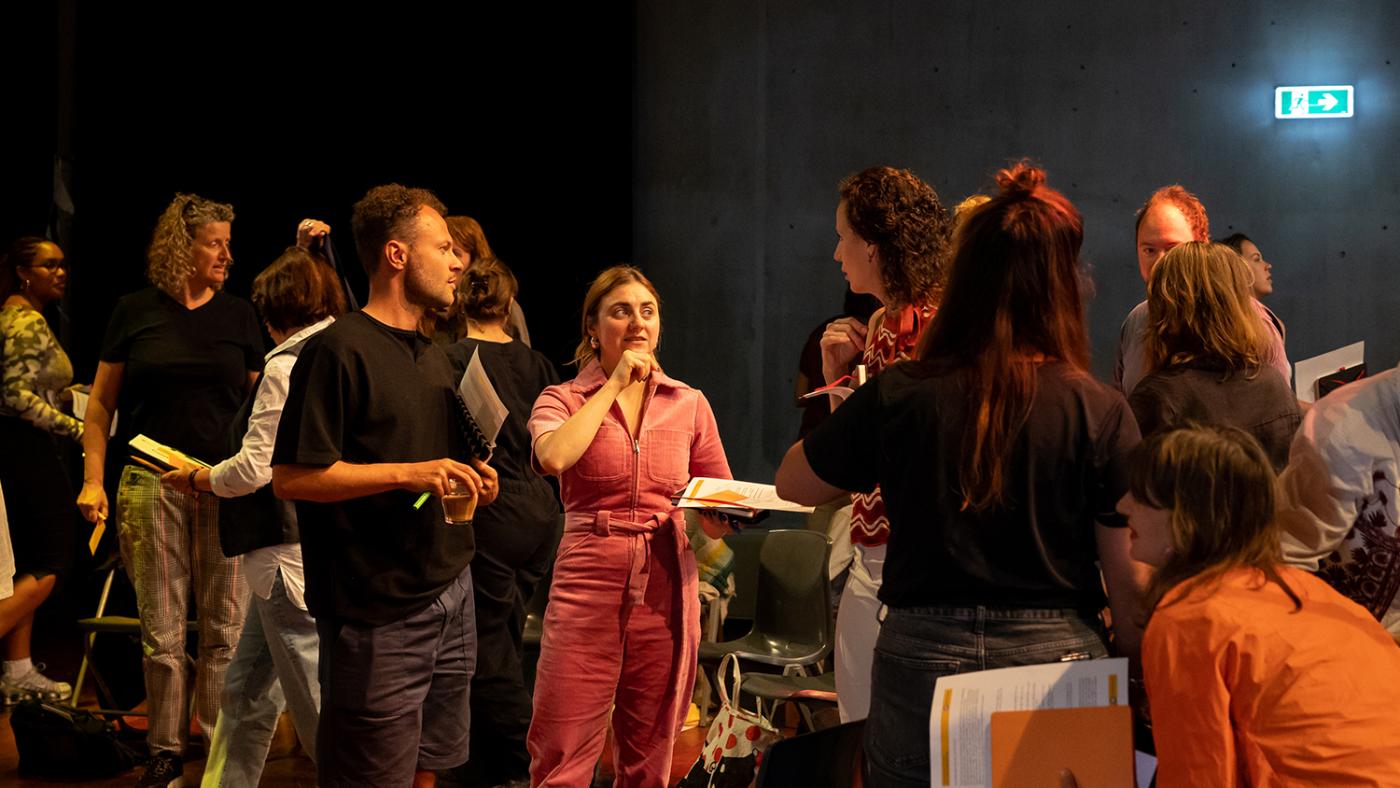
On this day in June, the students have a meeting at BAK's theatre hall. BAK is a platform for contemporary art in Utrecht. Once everyone has taken their seats, Noortje van Amsterdam explains: ‘We often think that leadership is something you possess, but it is actually a relationship you have with a group of people’. Van Amsterdam is an Associate Professor of Public Administration and Organisation Science, and this morning's lesson is about leadership in context. Leadership where one person is in charge is just one of many forms of leadership, she says. There are many other conceivable ways.
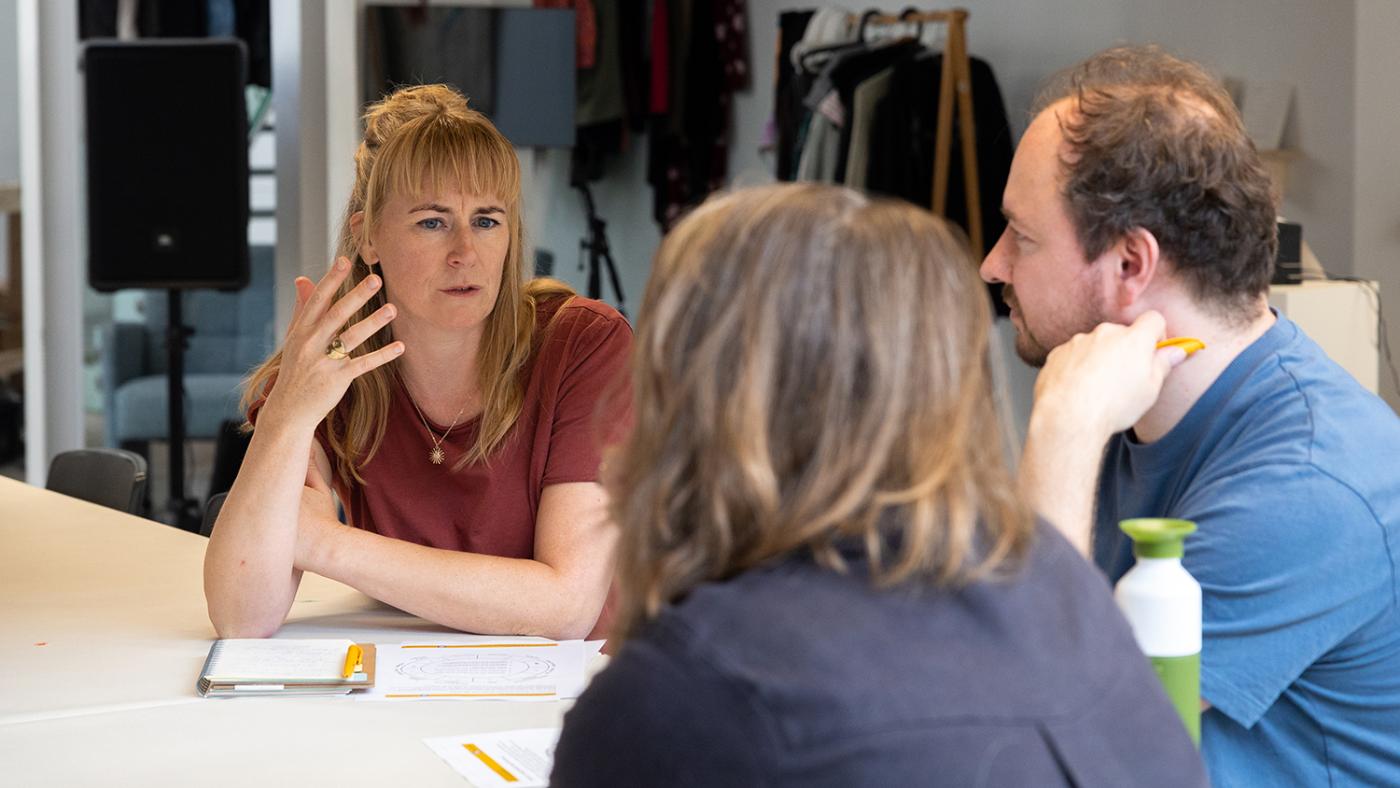
The Leadership in Artistic Culture (also known as LinC A) course at Utrecht University is designed for professionals in the arts and culture sector, ranging from managers to creators and everyone in between. The course consists of six meetings and interim review sessions for peer feedback. The course is part of the umbrella programme Leadership in Culture, which was established ten years ago by the Department of Public Administration and Organisation Science. After a few years, a collaboration was established with the Creative Humanities Academy of the Faculty of Humanities. The programme clearly met a need, as there were far more applications than there were places available from the outset. Today, there are around 500 alumni, and several variants of the programme have been developed.
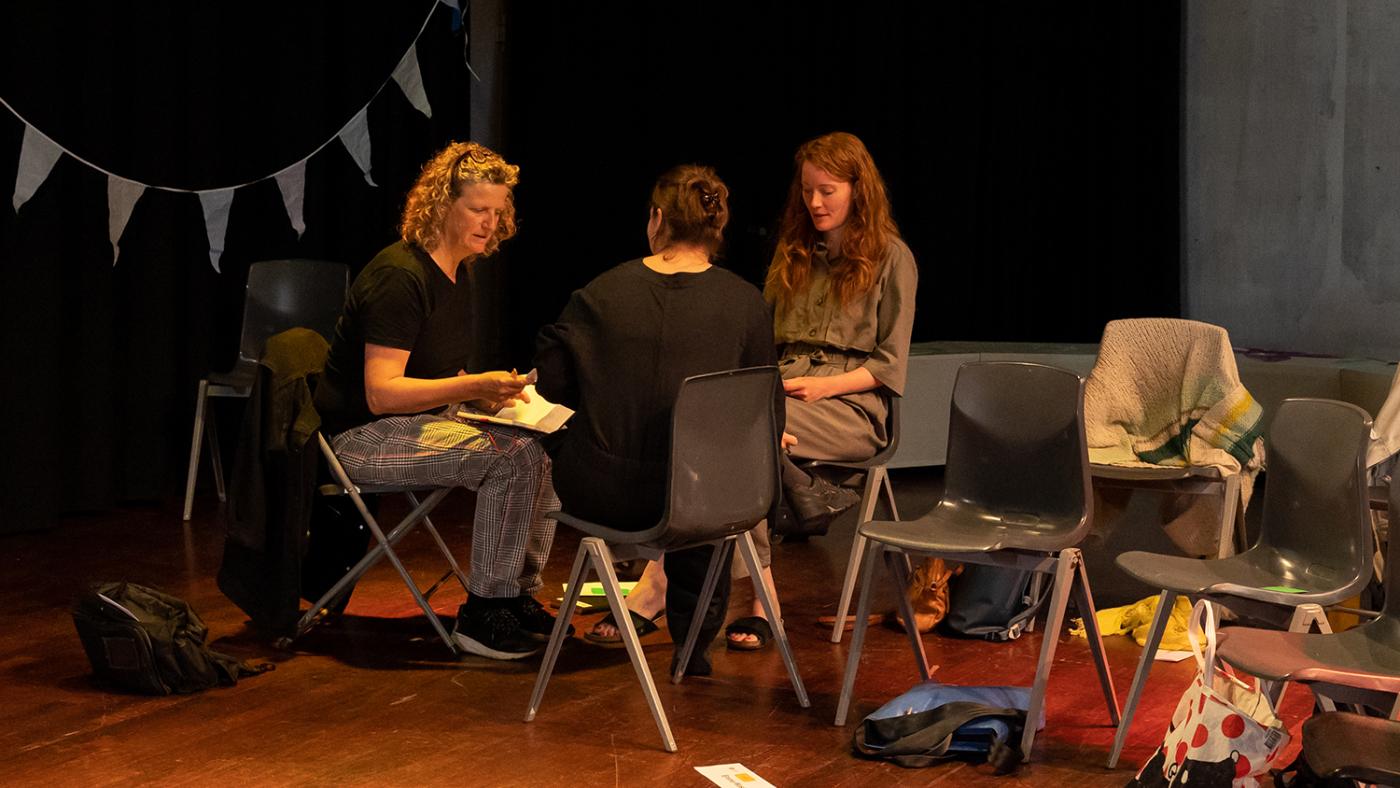
The norm
Thirty participants are present at BAK for the third meeting instead of the usual twenty; a waiting list had to be cleared. The lecturer continues by asking Google Images what leadership looks like. The results include many pictures of white men in suits standing in front of a group. The participants agree that white men in suits are often the directors in the arts and culture sector. Van Amsterdam then says: ‘If you, as a director, do not meet that standard, you may feel the need to adapt, which often takes more energy.’ She then goes on to mention several examples from her own research on the strategies people use when they feel that they fall outside the norm. A tall man told her he sits down to avoid coming across as intimidating, while women said they choose their clothes very carefully to appear professional. An obese person refrained from eating treats, while another deliberately wore a striking dress with cupcakes on it.
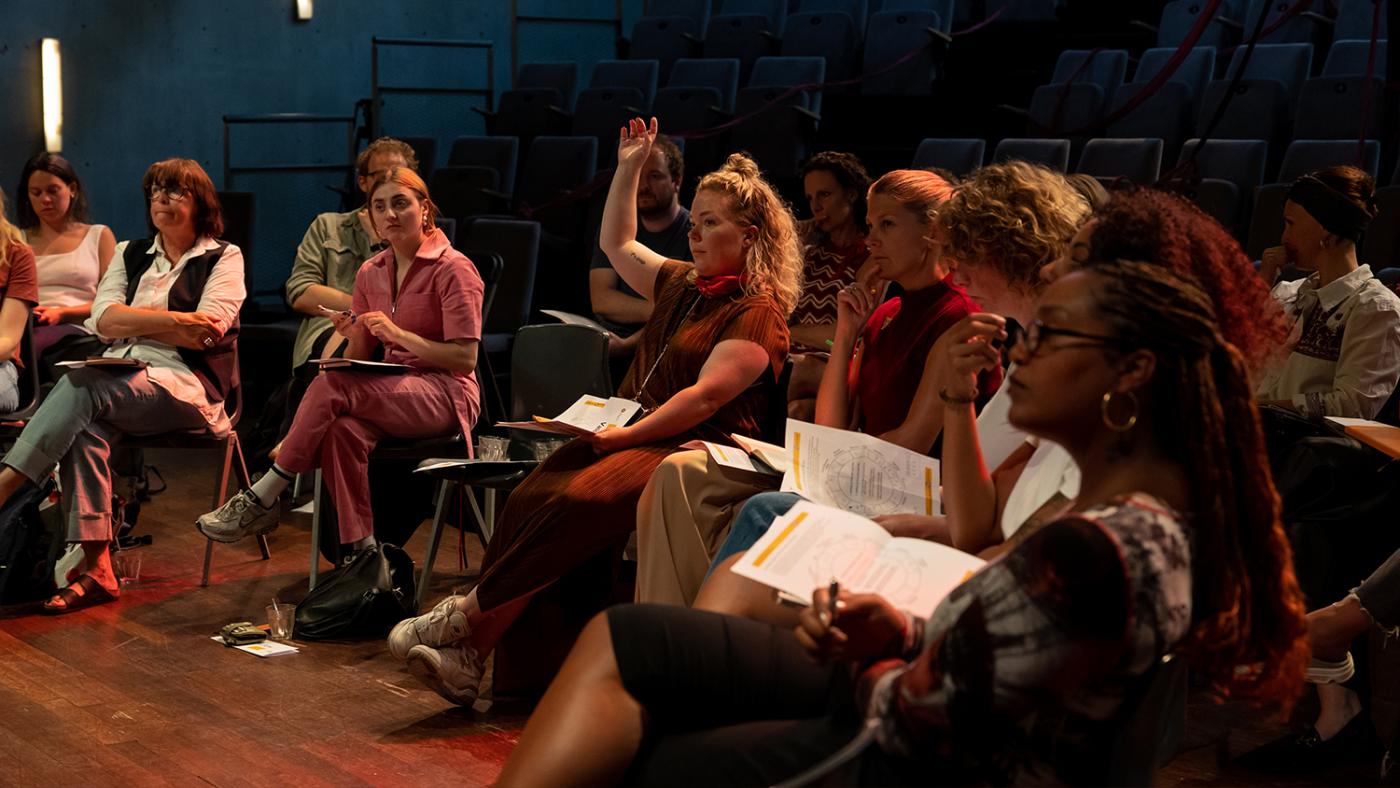
All kinds of factors, such as colonialism, sexism, heteronormativity and ableism, determine power relations and how much space a person can take up, says Van Amsterdam. One can also have privileges that they are not even aware of, such as age. ‘I'm glad I'm a bit older now,’ says one participant. ‘It means I'm taken more seriously. Young people sometimes have to work so hard for that.’ Another participant reports having the opposite experience. ‘When I was young, I was seen as a promising young talent, which gave me many opportunities. But what am I now?’ A male participant notes that he sometimes finds himself in groups where he is not the norm, which can also be confusing.
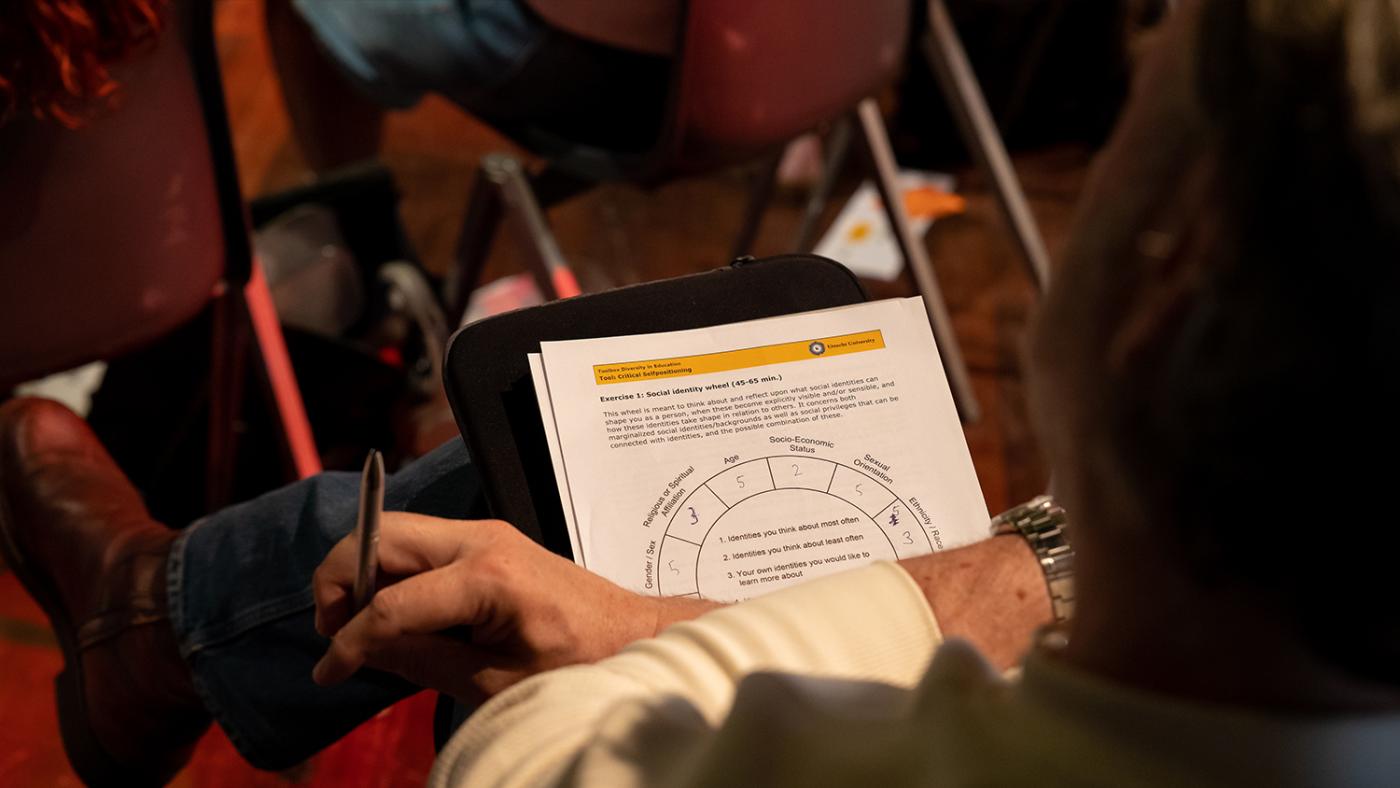
Unlearning
Van Amsterdam shares some of her experiences teaching professionals as the participants work on a group assignment. "This is a very enjoyable group to work with. I notice that they are more intuitive than the young students in Public Administration & Organisation Science with whom I normally work. In this lecture, for example, I challenge various stereotypes and try to raise awareness of the social constructs we have created. This falls on fertile ground with these people, perhaps because they have more life experience, but also because they work in a sector that is already critical of social issues."
Lecturers Iris van der Tuin and Nanna Verhoeff join the conversation. ’Through this course, we want to promote conceptual thinking so that they can better understand abstract ideas," says Van der Tuin, a professor of Theory of Cultural Inquiry. "This can help them to further develop their work and submit more successful funding applications, for example.’ Verhoeff, a professor of Screen Cultures & Society, adds: "We also want to encourage them to unlearn certain things, such as the meaning of the word 'concept'. Many artists consider a creative concept to be an idea they want to develop, but there is an underlying theoretical concept, which is a way of thinking and looking at phenomena in the world. A creative concept gives shape to that. Those two concepts are very closely related and interact with each other. We want to give the participants that theoretical depth."
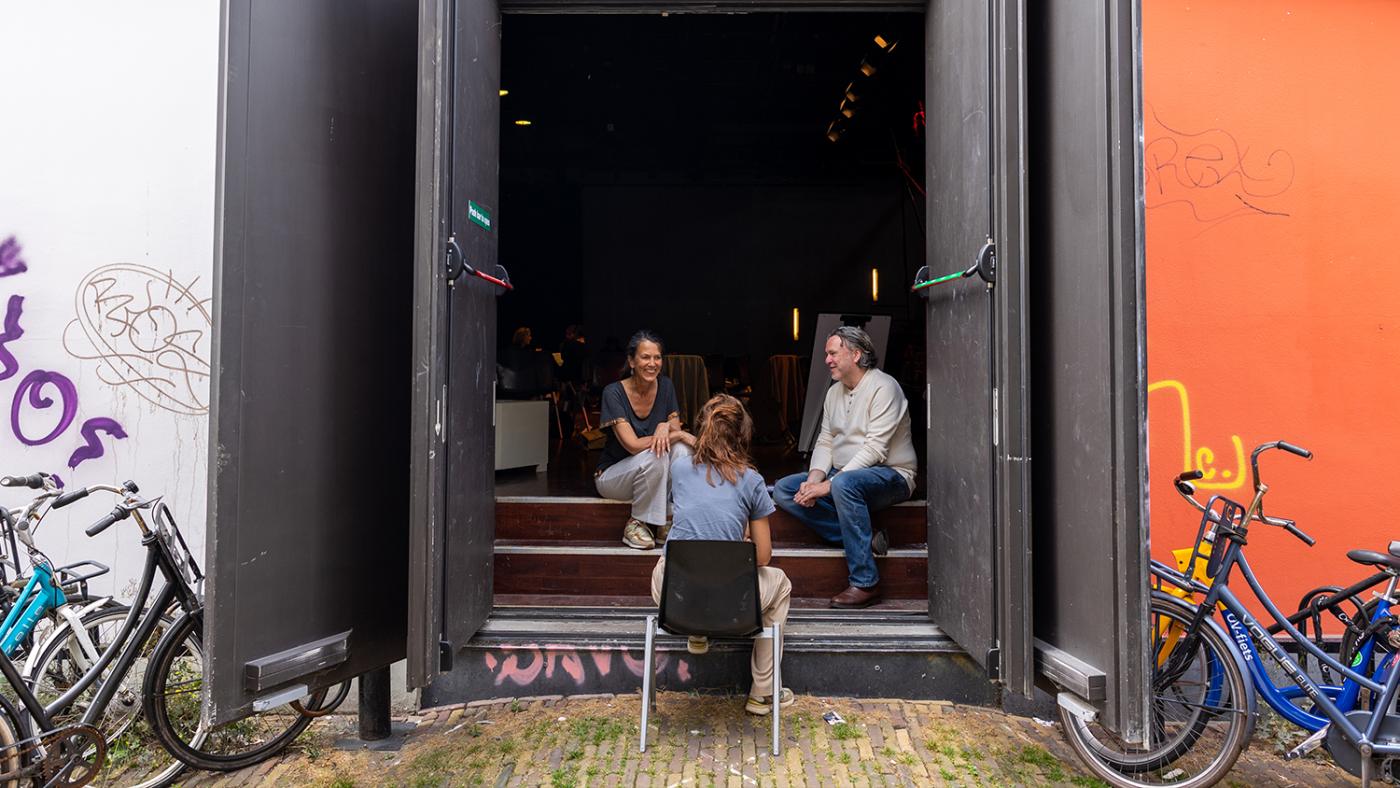
Self-taught professionals
During the lunch break, Paul Adriaanse, Director of Continuing Education at both the Faculty of Law, Economics & Governance and the Faculty of Humanities, talks about the process of creating this course. He explains that, in 2011, the Ministry of Education, Culture, and Science cut funding for the cultural sector, while simultaneously aiming to stimulate the professional development of the sector. "This sector employs a relatively large number of self-taught people who have little formal training in leadership and organisational issues. Once in a managerial position, they want to learn more about how to perform their role effectively."
According to Adriaanse, the big difference between this course and regular education is that LinC focuses more on individual learning questions that participants bring in from their practice. ‘In addition, learning from each other plays a greater role here. After the age of 25, learning becomes more difficult because you have developed deeply ingrained brain pathways. If you dare to question your habits, you learn and expand your repertoire." LinC A has a positive effect on mobility within the cultural sector. "In the early years, when we were still keeping track, we saw that about 70 percent of participants had a new job within 1 to 1.5 years, almost always within the sector."
Participants also tend to stay in touch with each other. An alumni association has been set up to organise meetings and peer reviews. It's called Club LinC. Judith Öfner, a participant and independent exhibition maker, finds this a valuable network. She is taking the course because she needs new input now that she is continuing her business without a partner. "I had heard good things about this course, and I wanted to challenge myself again. I am learning a lot from the material and from my fellow students. I think it will become a close-knit group in which people will ask each other for advice later on."

This is an article from DUB's Lang zullen we leren! (Long may ww learn!) magazine, which was made in collaboration with Utrecht University's Continuing Education programme. The magazine can be found in several buildings of the university but all the articles from the magazine are also available online. Over the next two months, DUB's website will feature several of those articles and stories, as well as publish a few additional online-only articles about continuing education. You can find all the articles related to the magazine here.
Comments
We appreciate relevant and respectful responses. Responding to DUB can be done by logging into the site. You can do so by creating a DUB account or by using your Solis ID. Comments that do not comply with our game rules will be deleted. Please read our response policy before responding.